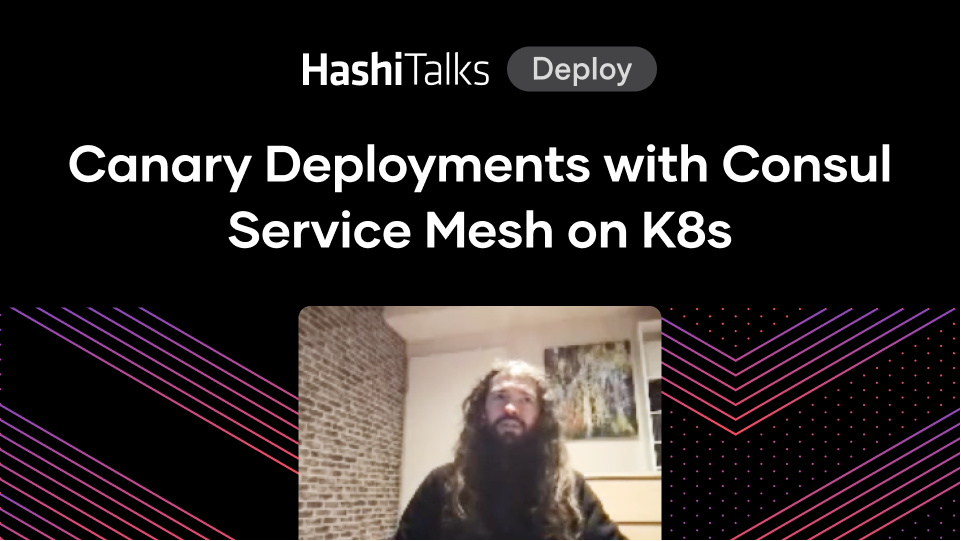Running Consul on Kubernetes and Beyond
See Consul running on Kubernetes and learn how to use Consul as a universal service mesh to securely connect your applications running on different platforms.
Speakers
 Jason HarleySenior Solutions Engineer, HashiCorp
Jason HarleySenior Solutions Engineer, HashiCorp
This summer, HashiCorp released a new set of Consul features to support first-class integration with Kubernetes. The official Helm Chart simplifies the deployment of Consul on Kubernetes. The auto-join and service catalog sync capabilities solve important cross-cluster challenges between both multiple Kubernetes clusters and non-Kubernetes services interacting with Kubernetes services.
HashiCorp also unveiled Consul Connect, which added network segmentation to Consul that involves sidecar injection and native proxy integration with third-party proxies like Envoy. These sidecar proxies can automatically enable secure communication (even inside and outside of a Kubernetes pod) via the Consul Connect capability.
In this webinar, solutions engineer Jason Harley will show you an example of Consul as a service mesh on Kubernetes to understand how Consul can bridge your services on Kubernetes with applications running on other platforms.
For a whiteboard session about the basic Consul and Kubernetes integration concepts, check out this video with HashiCorp founder Mitchell Hashimoto.
What you'll learn
- What is a service mesh?
- Overview of Consul integration with Kubernetes
- Service discovery in Kubernetes
- Cross-platform Service discovery
- Auto-sidecar injection with Consul Connect
- How to use Consul and Consul Connect with Kubernetes
- How to integrate outside apps and workloads together with Kubernetes workloads using Consul.
Agenda
0:00 — Introduction
2:30 — What is a service mesh?
7:52 — Consul and Kubernetes
11:25 — Demo: Consul Connect on Kubernetes with legacy app integration
29:45 — Q&A
Q&A
- Is there a way to have granular access to the Consul UI so that group of users can only set policies for specific services?
- Can I manage Consul sync to Kubernetes on a service level?
- Using the payment and proxy services, how would you dynamically scale up to handle increased load?
- For every service that is connected using Consul Connect, you have to use localhost with a specified port? So each service connected using consul needs a unqiue port?
- Do you have any info in regards to K8s Consul, and on-prem Consul? How do they connect, what does the dashboard looks like, and how does this work in regards to primary/secondary?
- Is there documentation out there for changing out the native sidecar for Envoy?
- What process tells Consul about available services?
- How does latency affect the opertions of Consul-cluster to Consul clients if, for example, you're running the cluster in AWS and the clients in DCs all over the world?


